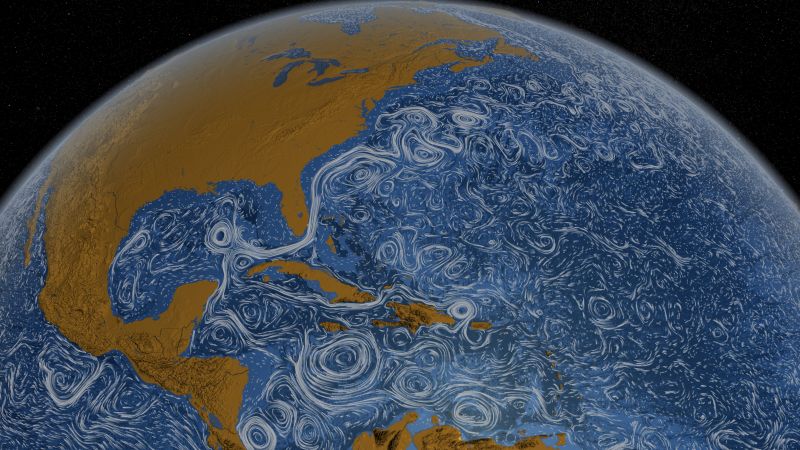RSS feed source: Federal Emergency Management Agency
FRANKFORT, Ky. – Kentucky homeowners and renters who suffered uninsured or underinsured damage to their property from the February Severe Storms, Flooding and Straight-line winds now have a few weeks left to apply for federal disaster assistance. FEMA has extended the application deadline to Monday, May 25, 2025.
FEMA assistance for individuals affected by the severe weather can cover rental assistance, temporary housing, home repairs, personal property losses and other disaster-related needs not covered by insurance. FEMA grants do not have to be repaid. FEMA assistance is nontaxable and will not affect eligibility for Social Security, Medicaid or other federal benefits.
Survivors are encouraged to file insurance claims for damage to their homes, personal property and vehicles before they apply for FEMA assistance. FEMA Individual Assistance cannot duplicate insurance benefits or other sources of assistance.
To apply with FEMA:
Go online at DisasterAssistance.gov (fastest option);Use the FEMA App (available at the Apple App Store or Google Play);Call the FEMA Helpline at 800-621-3362. If you use a relay service, such as Video Relay Service (VRS), captioned telephone, or other service, give FEMA your number for that service.Visit a Disaster Recovery Center. For locations: DRCLocator.
Disaster Recovery Centers are physically accessible to people with disabilities and others with access and functional needs. They are equipped with assistive technology and other resources to help ensure all applicants can access resources.
Click this link to continue reading the article on the source website.

